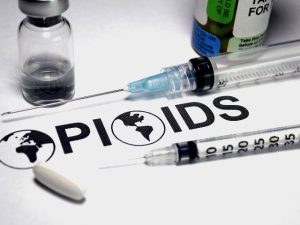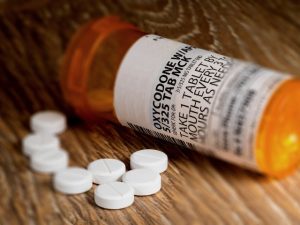2020 was the deadliest year of the opioid crisis in North America. We reached a milestone that you may have missed. A tragic, preventable benchmark littered with tales of sobering demise. For a rolling 12-month period ending April, 2021, there were 100,306 drug overdose deaths in the United States.
A staggering 30% increase from the prior year and the first time Americans breached 100,000 deaths in any rolling 12-month period. How did we arrive at this tragic inflection point?
The discussion surrounding the medicalization of ordinary Americans with mild pain continues Ad nauseam. Success in pain management is pivotal in how healthcare moves forward. But how did we get here? And how do other countries treat pain?
In short, pain management policies deliver pain medication in a safe and effective manner for pain perceived and reported by the patient and/or assessed by the practitioner. What are the keys here? Perceived and reported by the patient.
Americans consume the vast majority of the world’s opioids. The United States is 3rd in per mg consumption at (398 mg/person). Preceded by Germany (480 mg/person), and Iceland (428 mg/person). But the United States is by far the largest overall consumer by aggregate at 131,340,000,000 milligrams per capita.
Take a moment to ponder that number. It is astounding.
Our children face a more terrifying number. The current lifetime odds of dying in an accidental opioid drug overdose are 1 in 67.
That means in a high school class of four hundred, six students will die from a preventable opioid death.
Within three days, your body craves the euphoria that opioids produce. The trajectory of misuse is rapid and unforgiving.









